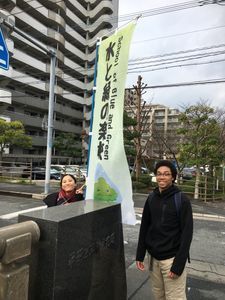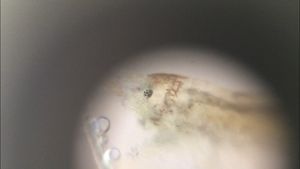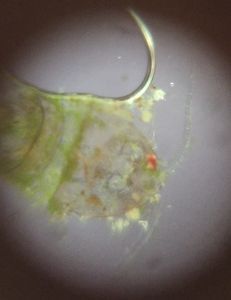Exploring the sea at the dining table Episode 3
 May 14, 2018 • 11:53 PM UTC
May 14, 2018 • 11:53 PM UTC Unknown Location
Unknown Location 140x Magnification
140x Magnification Microorganisms
Microorganisms
Honomi
Learn about the author...
15posts
20comments
1locations
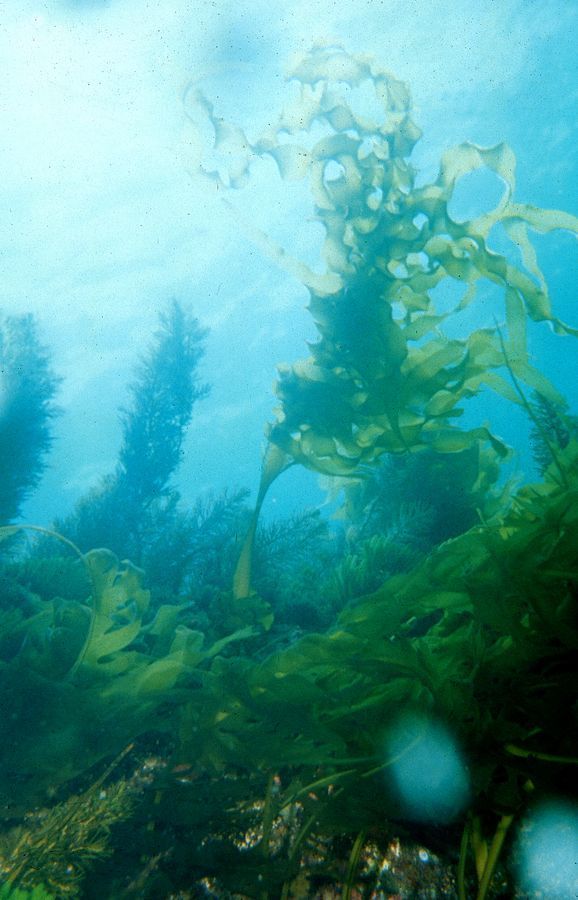
Hello Foldscopers!
Do you ever look at algae and think, “That looks yummy”?
Do you ever look at algae and think, “That looks yummy”?

By CSIRO , CC 表示 3.0 Well, I do. Maybe not when they are in their raw form, but I certainly do when they arrive at my dining table.
I eat all kinds of edible multicellular marine algae (seaweed) on a daily basis. Edible seaweeds play an important role in my diet as sources of magnesium, calcium, iron, and iodine. And there are many dishes in Japanese cuisine that feature seaweeds. It’s no wonder since Japan is an island country surrounded by the ocean!
I eat all kinds of edible multicellular marine algae (seaweed) on a daily basis. Edible seaweeds play an important role in my diet as sources of magnesium, calcium, iron, and iodine. And there are many dishes in Japanese cuisine that feature seaweeds. It’s no wonder since Japan is an island country surrounded by the ocean!
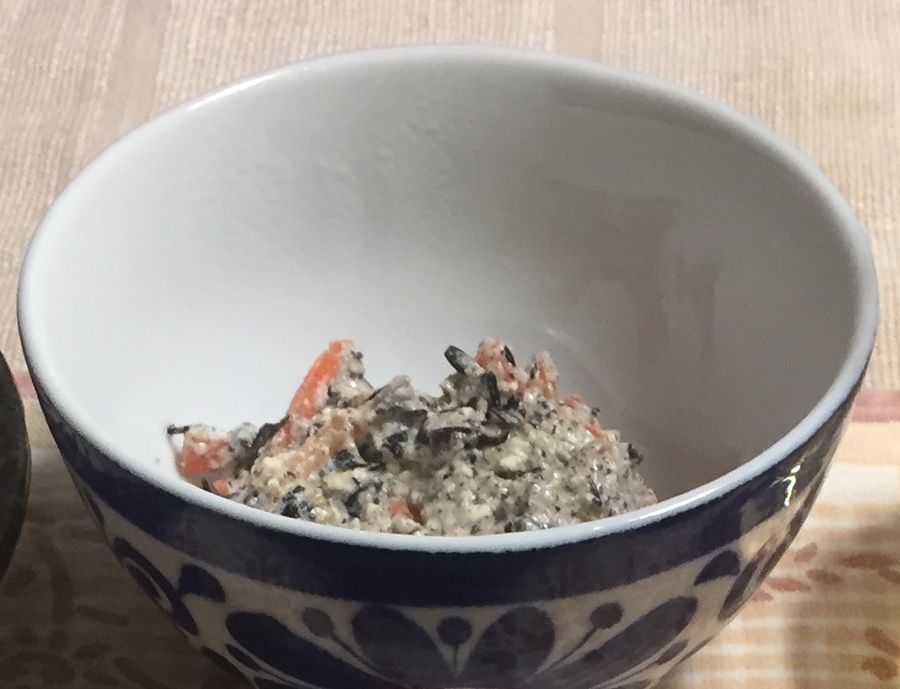
Simmered hijiki with tofu and veggies
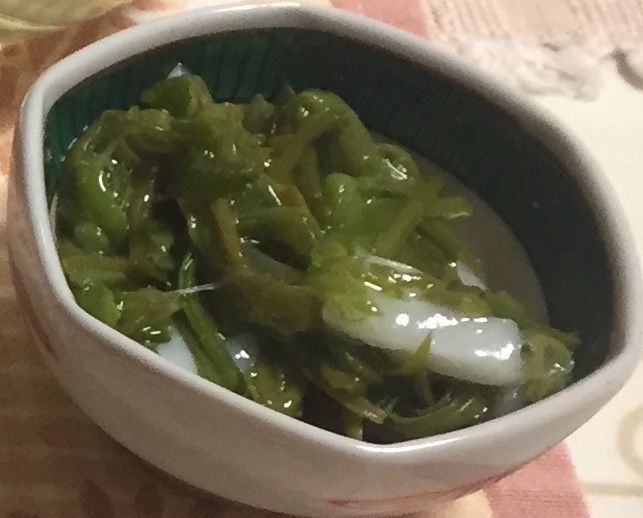
Mekabu seaweed with raw squid
For example, my favorites are the black, thin hijiki seaweed simmered in a stock and the stringy, sticky mekabu seaweed salad, shown above.
Even though I grew up eating these seaweeds, I realized I am not so familiar with them from a scientific/ecological perspective.
What are their scientific names? Why are their colors so different? Which part of the algae am I eating? How different are their habitats? How big are they when they are alive in the ocean? How fast do they grow? So I decided to take a look at them a bit closer to get to know them more because I got curious and it is important to know about your food.
In this post, I am going to answer my first question: What are their scientific names?
Hijiki and Mekabu both belong to the Class Phaeophyceae = brown algae
For example, my favorites are the black, thin hijiki seaweed simmered in a stock and the stringy, sticky mekabu seaweed salad, shown above.
Even though I grew up eating these seaweeds, I realized I am not so familiar with them from a scientific/ecological perspective.
What are their scientific names? Why are their colors so different? Which part of the algae am I eating? How different are their habitats? How big are they when they are alive in the ocean? How fast do they grow? So I decided to take a look at them a bit closer to get to know them more because I got curious and it is important to know about your food.
In this post, I am going to answer my first question: What are their scientific names?
Hijiki and Mekabu both belong to the Class Phaeophyceae = brown algae
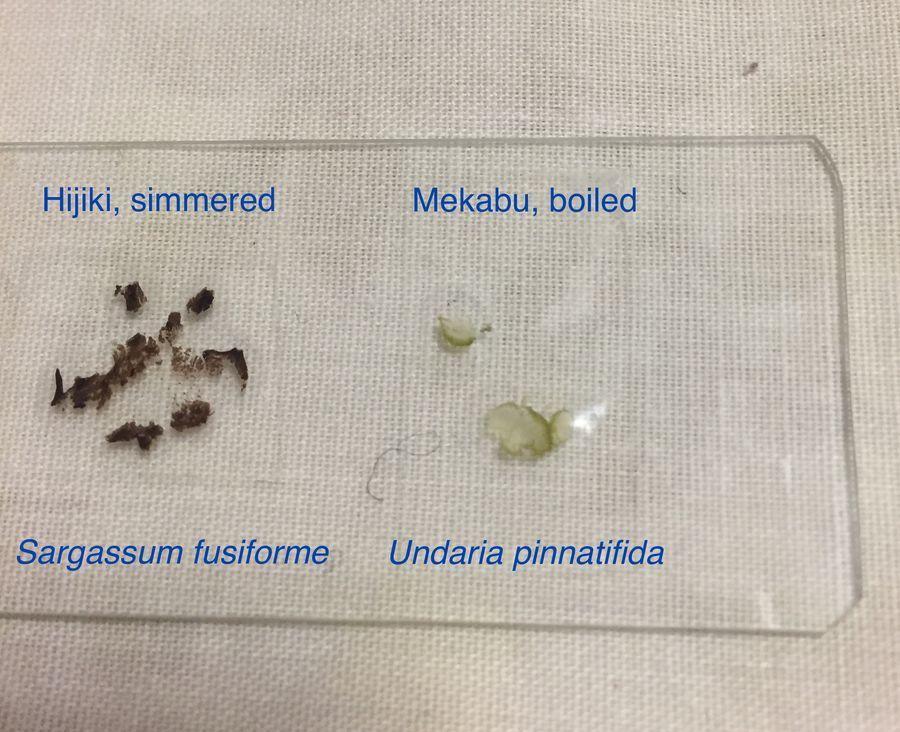
Hijiki – Sargassum fusiforme
Order Laminariales Growing wild in rocky coastlines of China, Korea, and Japan Mekabu – Undaria
pinnatifida
Order Fucales Native to Northeast Pacific, coastlines of Japan Now found and considered invasive in Europe, North America, South America and Australasia Source: https://www.cabi.org/isc/datasheet/59979
Order Laminariales Growing wild in rocky coastlines of China, Korea, and Japan Mekabu – Undaria
pinnatifida
Order Fucales Native to Northeast Pacific, coastlines of Japan Now found and considered invasive in Europe, North America, South America and Australasia Source: https://www.cabi.org/isc/datasheet/59979
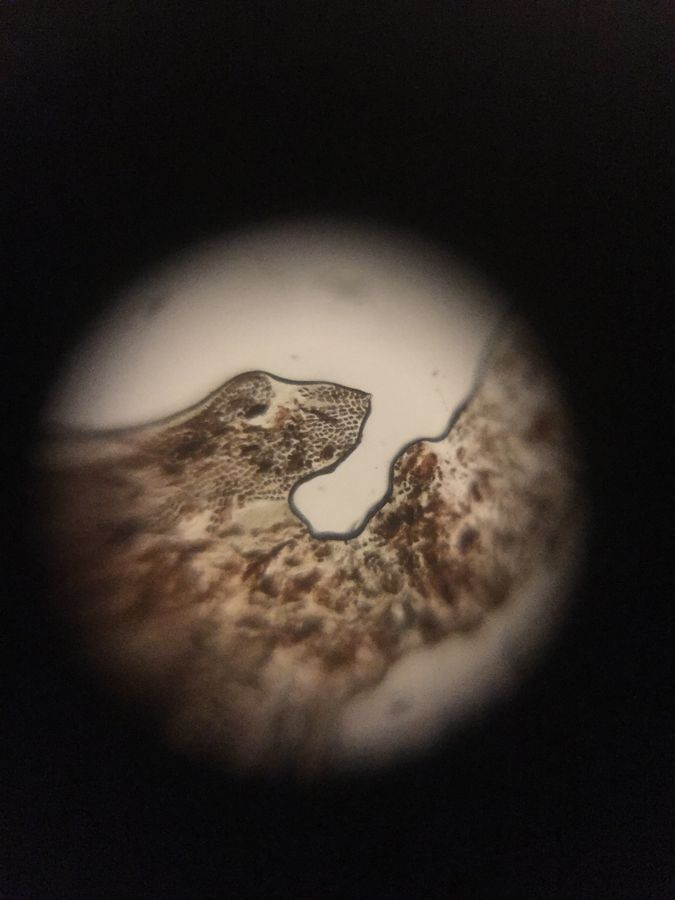
Hijiki – Sargassum fusiforme, 140x, iPhone 6, HI
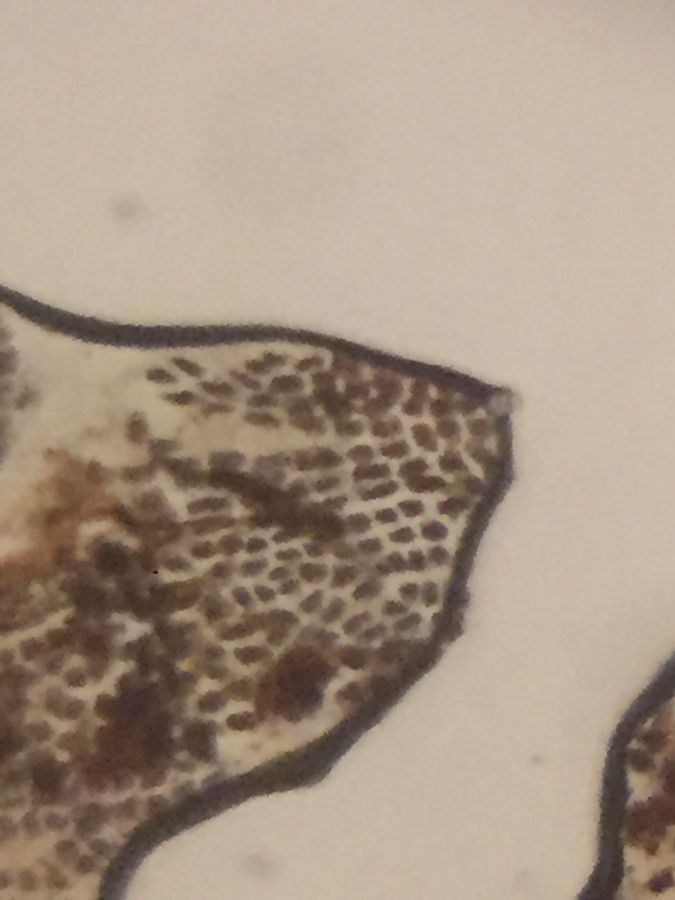
Hijiki – Sargassum fusiforme, 140x+digital zoom, iPhone 6, HI
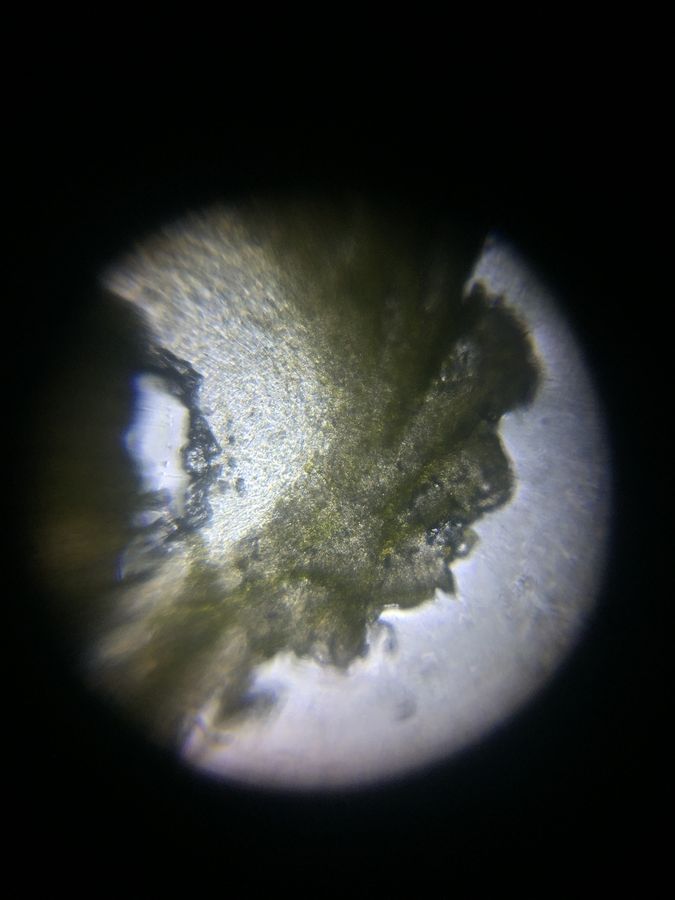
Mekabu – Undaria pinnatifida 140x iPhone6 HI
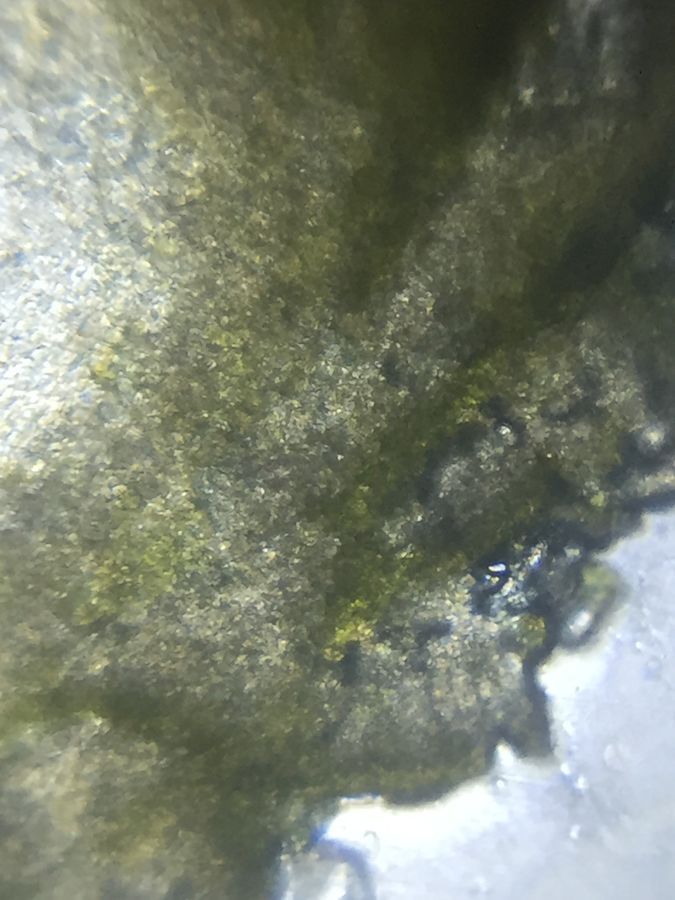
Mekabu – Undaria pinnatifida 140x+ digital zoom iPhone6 HI In my next post, I will investigate the colors of these “brown” algae!
-Honomi
-Honomi
Sign in to commentNobody has commented yet... Share your thoughts with the author and start the discussion!

 0 Applause
0 Applause 0 Comments
0 Comments